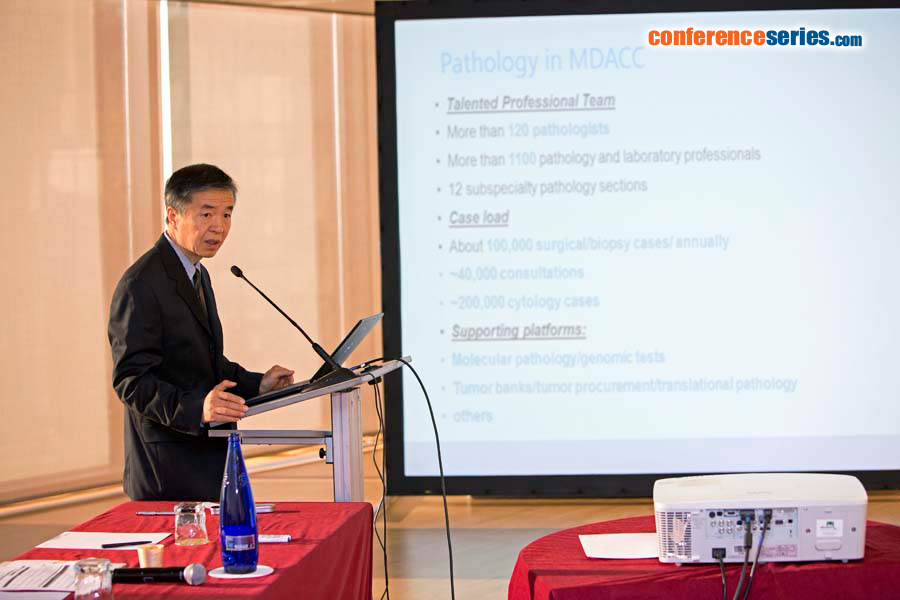
Christian Munzenmayer
Fraunhofer Institute for Integrated Circuits IIS, Germany
Title: An automated microscopy system for malaria diagnosis
Biography
Biography: Christian Munzenmayer
Abstract
According to the World Health Organization (WHO), in 2015 there were an estimated 214 million cases of malaria (438000 deaths). Malaria is caused by parasites of five species, most importantly Plasmodium falciparum and P. vivax. Microscopic examinations, the recommended Gold standard are increasing (188 million microscopic examinations in 2012 globally). Therefore, Fraunhofer IIS is developing an automated microscopy system to support diagnosis of malaria. After automated detection of the smear with low magnification (2.5x) a configurable number of high-power fields (63x oil immersion) are acquired automatically. The detection algorithm starts with a custom threshold and morphologic detection step to extract possible plasmodia candidates. These candidate objects are afterwards automatically classified to separate non-plasmodia objects from plasmodia. For our system we evaluated two approaches. The first approach is based on a large variety of color and color texture features, automated feature selection and a support vector machine (SVM). The second approach is based on a deep learning scheme with convolutional neural networks (CNN). Both classifiers where trained with pre-annotated data from 44 slides-containing mostly P. falciparum and P. vivax cases (15.499 plasmodia, 39.374 non-plasmodia). The disjoint test set contains 37 slides with P. falciparum and P. vivax. With the SVM we reached an overall accuracy of 95.4% (92.7% sensitivity/95.5% specificity). The CNN performed slightly better with an accuracy of 96.7% (94.0% sensitivity/96.8% specificity). Based on these results our system helps to diagnose malaria infections in a less tedious, more secure and even more objective process.




